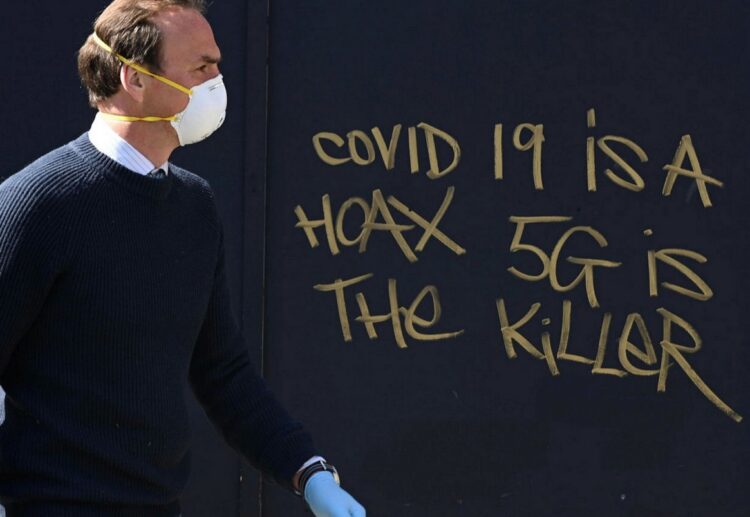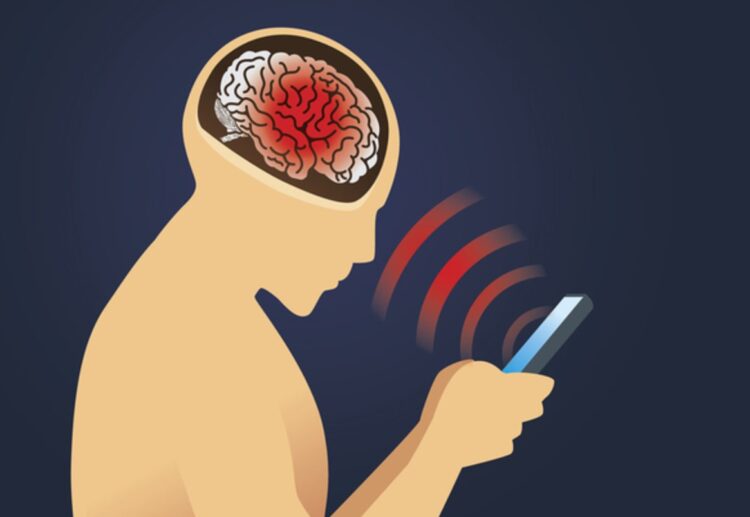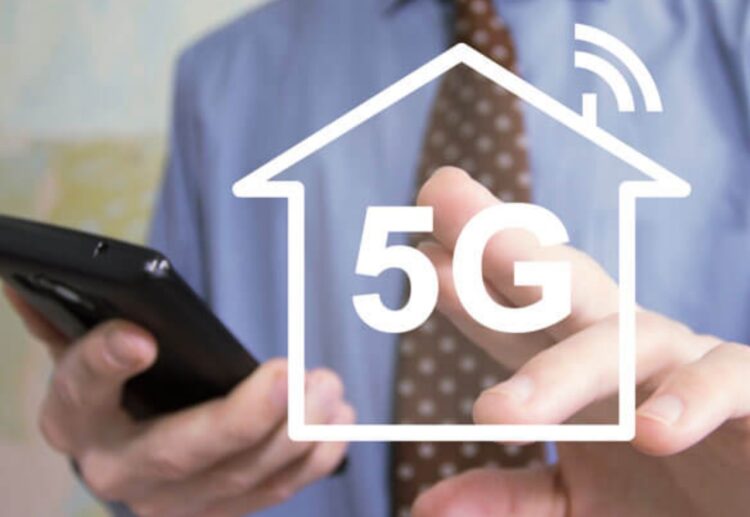5G has become the buzzword of the decade because of its potential to drastically transform businesses and societies as a whole. The possibilities of 5G are limitless; from glitch-free video calls and self-driving cars to robots capable of successfully operating on humans.
The transformation from 3G to 4G a few years ago revolutionized the way we interacted with smartphones and the internet, forever. Social media became increasingly popular, but ironically it also exacerbated the rampant spread of misinformation about 5G.
To call 5G a huge step for innovative technology is an understatement. Not only will it enhance many livelihoods across the globe, but will also have economic benefits. To fight the misconceptions about 5G, we have listed the five most common 5G-related myths, and why they’re not true.
1. 5G Can Be Weaponized

This myth arose when a parallel was drawn between the waves used by 5G technology and a prototype weapon used by the U.S. military. This direct-energy weapon, called the Active Denial System or ADS, is used by the military to disperse large crowds.
In place of physical objects like rubber bullets, the ADS uses a beam of kinetic energy or millimeter waves, to penetrate through the upper dermis of the skin. This creates a highly unpleasant heating sensation, and while it doesn’t create any lasting damage, it is uncomfortable enough to force people to move away from it.
Now, while both 5G and ADS operate within the same spectrum of radio waves, 5G is transmitted at a much lower frequency of 28 GHz, as opposed to the 95 GHz frequency waves used by the latter. Not only does this mean that 5G is completely safe for humans but also that it cannot be used as a giant laser death beam.
Many companies around the world such as ZTE 5G have been working on improving the quality of their 5G services to increase communication capabilities and usher in a positive change in multiple sectors, and rumors of it being weaponized can negatively affect development.
2. 5G Can Cause COVID-19

The COVID-19 pandemic has wreaked havoc on countries all over the world, and unfortunately, the coincidental launch of 5G technology in many of these places posited the perfect myth-making scenario for conspiracy theorists.
China rushed to beat the U.S. on procuring the newly deployed 5G services and this naturally spurred speculations on 5G being the catalyst for the virus, which originated in China. Some internet threads also discussed the possibility of Bill Gates inventing 5G to infect people with the coronavirus. These claims theorized that the founder of Microsoft would then develop a vaccine, which would be a front for injecting a secret microchip.
The World Health Organization immediately debunked this myth by stating that viruses could not be transmitted through radio waves and mobile networks, no matter how much they mutate. It also stated that the virus has affected many countries which did not have 5G networks in place.
3. 5G Can Cause Infertility

There is no doubt that 5G is faster and more powerful than its predecessor, 4G. Some groups have raised questions on the negative impact of such a potent technology on fertility rates. According to them, 5G’s faster performance equals increased radiation, which means that human reproductive organs can be harmed.
Even before 5G came into the picture, there were concerns about infertility caused by cell phones, laptops, cell towers, and basically any new smart technology that was launched. These doubts were structured solely on misconceptions and a lack of thorough understanding of how cellular networks work.
In fact, the rumors spread so far and wide that an electrosensitivity group in the United Kingdom posted ads all over the country about how electromagnetic radiation harms health and can cause infertility in both men and women.
The group however couldn’t stand by their claim, and their ‘pseudo-science’ evidence was not adequate enough. Their advertisements were taken down, and the myth debunked.
4. 5G Can Cause Cancer

As stated earlier, the myth about 5G’s impact on health has been around ever since phone lines first came into existence. As new technology emerged, the myth was molded anew to suit the next innovation.
The Californian State Government passed a bill, Proposition 65, which forced all businesses and manufacturers to clearly state a list of chemicals that would adversely impact health and cause cancer or birth defects.
Along with carcinogenic chemicals, the list also contained completely safe ones which were built into daily-use products such as plastics and plant-based chemicals. However, rumors contorted the list and created the misconception that everything on it would cause cancer.
The WHO disclaimed these theories by saying that the low exposure levels of wireless networks, combined with their weak radio-frequency signals were not powerful enough to cause adverse health effects.
Conspiracy theorists also cited the work of Dr. Bill Curry, who in the year 2000 published a graph that displayed an increase in the brain’s absorption of microwave radiation at higher frequencies, like that of the 5G spectrum. The study was however based on exposed cell tissues kept in a controlled lab environment, whereas in real life our skin blocks these frequencies and protects the deep cell tissues.
5. 5G Can Replace Broadband

When 5G rolled around, it was rumored that home broadband would cease to exist just like dial-up connections. These speculations hold no meaning and have been wildly blown out of proportion. Even though surveys show that consumers are leaning towards going completely wireless, the frequency at which the 5G network functions will be hard to work with.
Currently, 5G networks have trouble penetrating walls and working at long distances. It is a great, revolutionary technology for all things mobile, but for home and work purposes, people will likely be more comfortable with broadband or WiFi, at least until the technology is mastered.
Conclusion
5G has undoubtedly opened up the floodgates for innovations like never seen before. Although all of its possibilities may not be harnessed immediately, the possibilities are infinite. All the sectors including renewable energy, vehicles, data storage, medicine, and more will highly benefit from 5G, ultimately improving the quality of life.
As data and technology become more accessible, it is important to cut through all the noise created by myths and proliferate a positive outlook on a technology that is about to drastically alter the course of our lives for the better.
The post 5 Most Popular 5G Technology Myths Debunked appeared first on FotoLog.
from FotoLog https://ift.tt/3o4lM6i
via IFTTT


0 Comments